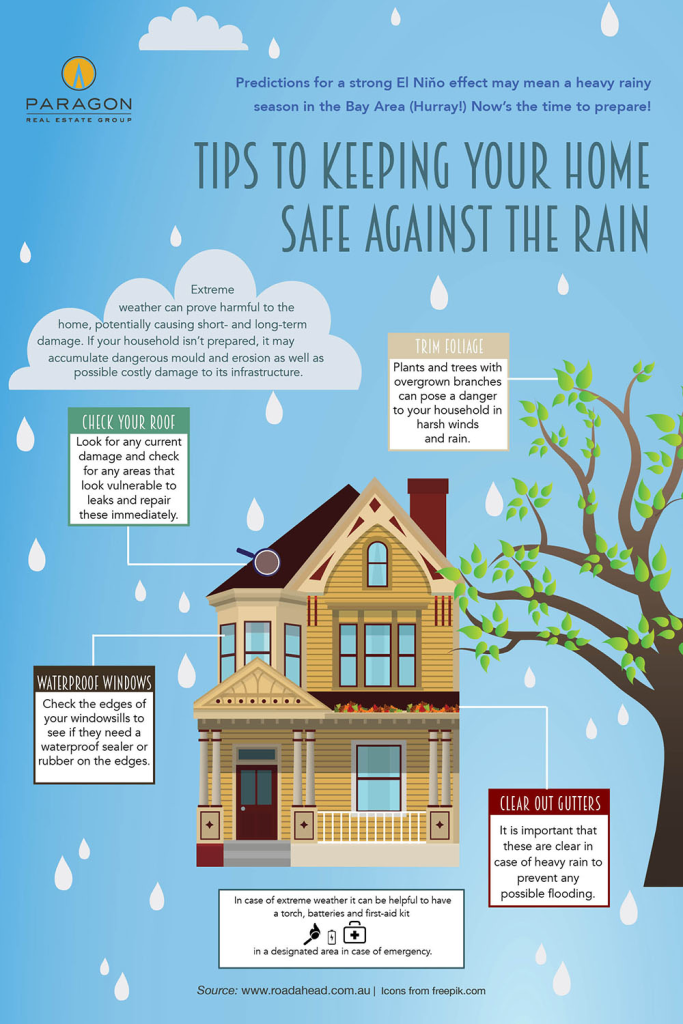Usual Mistakes In Roofing Installment And Just How To Avoid Them
Usual Mistakes In Roofing Installment And Just How To Avoid Them
Blog Article
Created By-Allen Mark
When you're preparing a roofing setup, it's simple to ignore crucial details that can result in significant issues down the line. You could be tempted to cut corners on product choice or avoid proper flashing installment, but these typical mistakes can result in pricey repair work later. Recognizing the value of air flow and adhering to regional building ordinance is important for a successful job. So, what are the essential steps you should take to ensure your roofing stands the test of time? Let's explore some effective approaches to prevent these mistakes.
Poor Product Option
When it involves roofing setup, choosing the incorrect materials can lead to costly troubles down the line. You may think that any type of roofing material will certainly do, but that's an usual mistaken belief. It's critical to pick materials that suit your regional climate and the particular needs of your home.
As an example, if you stay in an area with hefty rain or snow, opting for asphalt shingles might not be the most effective selection. Instead, take into consideration more resilient choices like steel or slate.
Additionally, pay attention to the quality of the materials you're taking into consideration. Low-cost materials may conserve you cash upfront, yet they frequently do not have durability and can lead to regular fixings or substitutes.
You need to likewise think of the design of your home and make sure the products you pick will certainly preserve its aesthetic allure.
Lastly, don't forget to seek advice from professionals. They can supply useful understandings and recommend materials that abide by neighborhood building ordinance.
kitchen design san antonio tx in correct product option currently can assist you prevent migraines and expenses in the future, making your roof project a success.
Inadequate Flashing Installation
Picking the appropriate products isn't the only element that can bring about roof covering troubles; insufficient blinking installment can also produce substantial issues. Flashing is important for directing water far from at risk locations, such as smokeshafts, skylights, and roof valleys. If it's not set up appropriately, you run the risk of water invasion, which can cause mold and mildew development and structural damage.
When you install blinking, ensure it's the appropriate kind for your roof's style and the neighborhood environment. As an example, metal flashing is typically a lot more durable than plastic in areas with heavy rain or snow. Make certain the flashing overlaps suitably and is secured securely to stop voids where water can seep through.
You should likewise take notice of the setup angle. Flashing must be positioned to guide view site… from your home, not toward it.
If you're unsure about the setup process or the materials needed, speak with a specialist. They can aid determine the most effective flashing alternatives and make sure whatever is installed correctly, protecting your home from prospective water damages.
Taking these actions can conserve you time, money, and frustrations in the future.
Neglecting Air Flow Needs
While numerous homeowners concentrate on the aesthetic and structural aspects of roofing installation, overlooking air flow requirements can bring about severe long-lasting effects. Appropriate ventilation is vital for managing temperature level and moisture degrees in your attic, protecting against problems like mold and mildew growth, wood rot, and ice dams. If you do not install ample ventilation, you're setting your roofing up for failing.
To avoid this mistake, initially, assess your home's certain ventilation demands. A well balanced system generally consists of both intake and exhaust vents to promote air movement. Ensure you've set up soffit vents along the eaves and ridge vents at the optimal of your roofing. This mix enables hot air to get away while cooler air enters, keeping your attic room room comfortable.
Additionally, take into consideration the type of roof material you've picked. Some materials might need additional air flow approaches. Double-check your neighborhood building ordinance for ventilation standards, as they can differ considerably.
Lastly, do not neglect to examine your air flow system regularly. Blockages from debris or insulation can restrain air movement, so maintain those vents clear.
Verdict
Finally, staying clear of typical roof covering setup mistakes is crucial to guaranteeing your roof's longevity and performance. By choosing the best products for your climate, setting up flashing effectively, and resolving air flow demands, you can prevent expensive concerns in the future. Do not forget to acquaint yourself with neighborhood building codes and schedule routine evaluations. With these actions, you'll enjoy a risk-free, sturdy roof that secures your home for many years to find. Satisfied roof!
